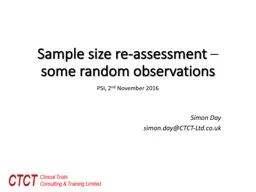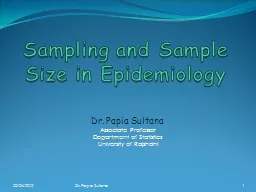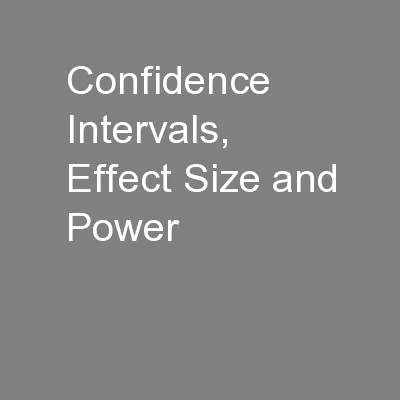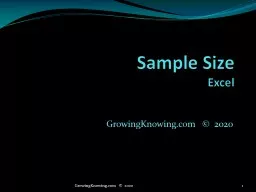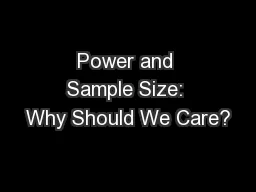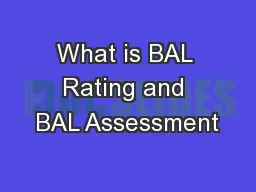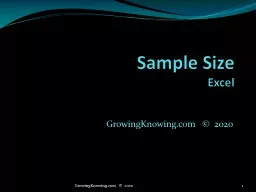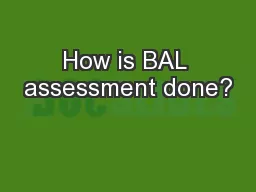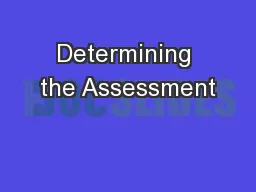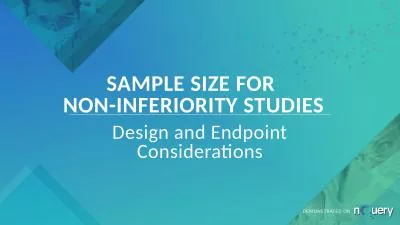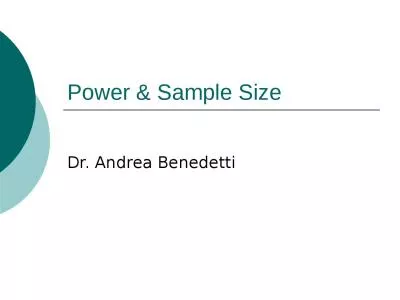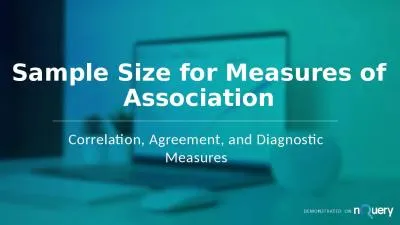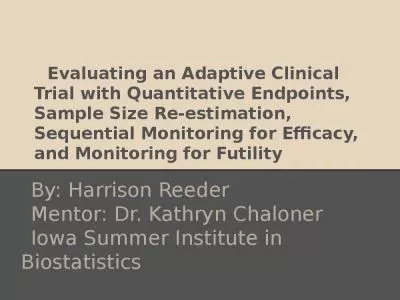PPT-Sample size re-assessment
Author : jane-oiler | Published Date : 2017-04-19
some random observations PSI 2 nd November 2016 Simon Day s imondayCTCTLtdcouk The plan I was an author on one of the very early papers on sample size reestimation
Presentation Embed Code
Download Presentation
Download Presentation The PPT/PDF document "Sample size re-assessment" is the property of its rightful owner. Permission is granted to download and print the materials on this website for personal, non-commercial use only, and to display it on your personal computer provided you do not modify the materials and that you retain all copyright notices contained in the materials. By downloading content from our website, you accept the terms of this agreement.
Sample size re-assessment: Transcript
Download Rules Of Document
"Sample size re-assessment"The content belongs to its owner. You may download and print it for personal use, without modification, and keep all copyright notices. By downloading, you agree to these terms.
Related Documents

